
Sunscreen protection is essential for (not only) low-energy buildings
Any sun protection is a key element for improving energy efficiency and managing daylight in existing buildings. However, this technology is still not sufficiently utilized, even though it can have a profound impact on reducing energy consumption and the carbon footprint of the built environment while also improving the thermal and visual comfort of building occupants. The integration of shading technology must be considered very early in the building design or renovation project phase.
It is certain that climate change caused by humans will increasingly have negative impacts in the future. Energy prices are constantly rising, but buildings still consume two-fifths of all primary energy and emit 36% of all CO2 in the EU. This is likely to be even more pronounced during the pandemic, when all life has moved indoors for citizens, and thus into buildings, which in most cases are not subject to the EPBD directive on the energy performance of buildings. Office buildings are now subject to relatively high energy performance requirements – but what about private buildings, new constructions, and revitalization projects of private homes? There will likely be significant room for improvement there.
Unlike indoor shading, external fabric roller blinds prevent direct heat contact with the glass and can reduce cooling energy consumption by more than 70% and lighting energy consumption by more than 50%, without losing the view outside. Outdoor shading also protects the interior of buildings by safeguarding furniture and flooring from fading due to sunlight and UV radiation.
Technical advantages of Bohemiaflex CS zip blinds:
(Source of data: European Solar Shading Organization).
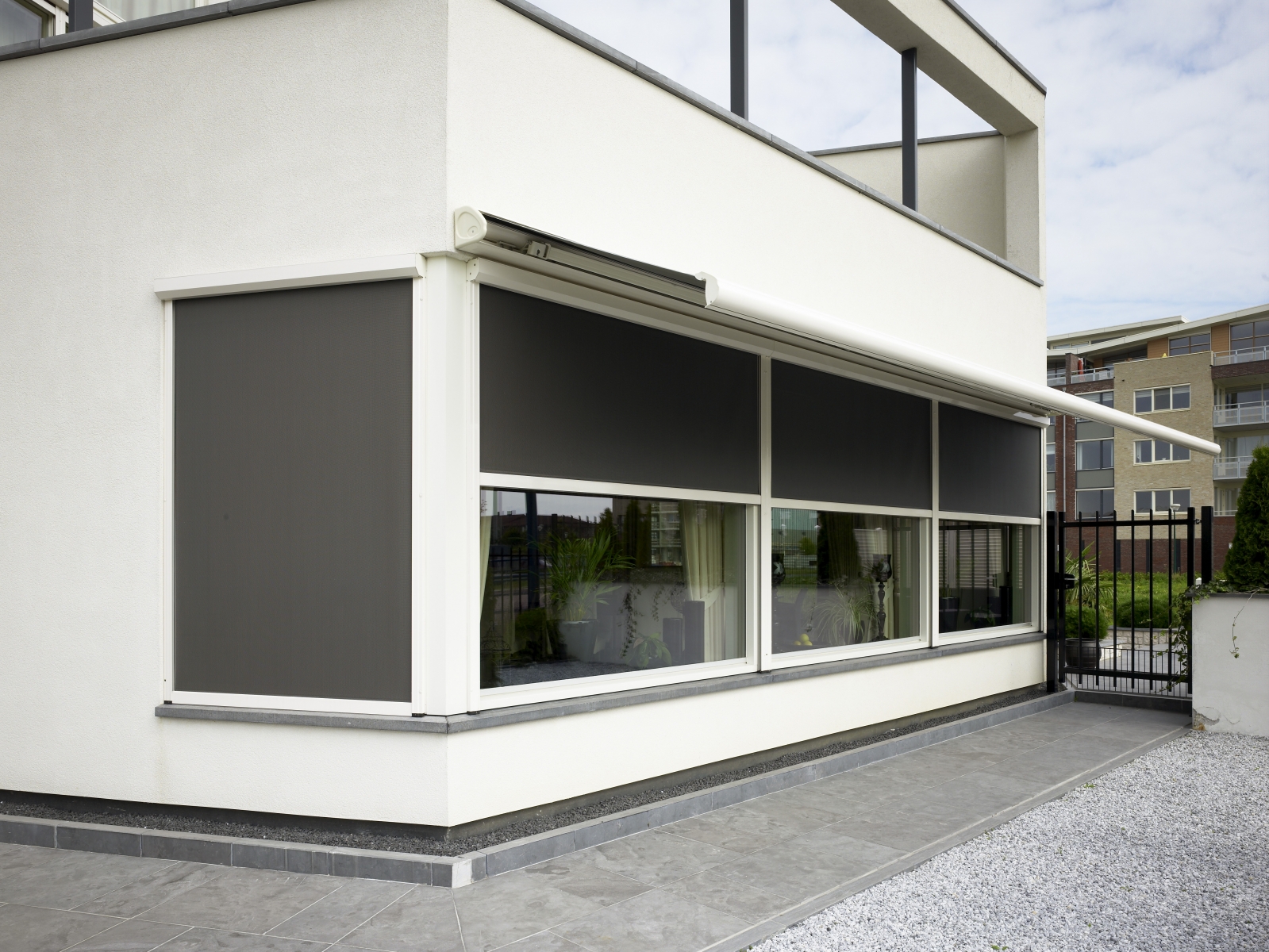 |
It is certain that climate change caused by humans will increasingly have negative impacts in the future. Energy prices are constantly rising, but buildings still consume two-fifths of all primary energy and emit 36% of all CO2 in the EU. This is likely to be even more pronounced during the pandemic, when all life has moved indoors for citizens, and thus into buildings, which in most cases are not subject to the EPBD directive on the energy performance of buildings. Office buildings are now subject to relatively high energy performance requirements – but what about private buildings, new constructions, and revitalization projects of private homes? There will likely be significant room for improvement there.
Smart technologies help
Energy savings of 30 to 60% can be achieved with smart technologies, both in new and renovated buildings. In the European Union, it is already a requirement that all new buildings must be nearly "zero energy" from 2020 onwards. However, there is still a huge number of existing buildings, with only 1 to 1.5% of them being renovated annually. Yet shading technology as an important element for improving building quality is not considered. Windows are viewed as a static element of houses, but weather conditions are constantly changing and affecting the climate inside buildings. Nevertheless, everyone expects to still feel equally comfortable at home.The solution is dynamic shading protection
Shading technology limits or eliminates the need for cooling buildings in summer conditions by controlling the amount of solar energy entering through windows. During the heating season, it allows the utilization of free, renewable solar energy. Appropriately chosen and ideally automated shading technology offers additional insulation for the transparent parts of the building’s envelope in both seasons, helping to reduce heat loss in cold weather and limit heat gains in summer. The solar shading will also manage and control the penetration of daylight, which is so important for well-being.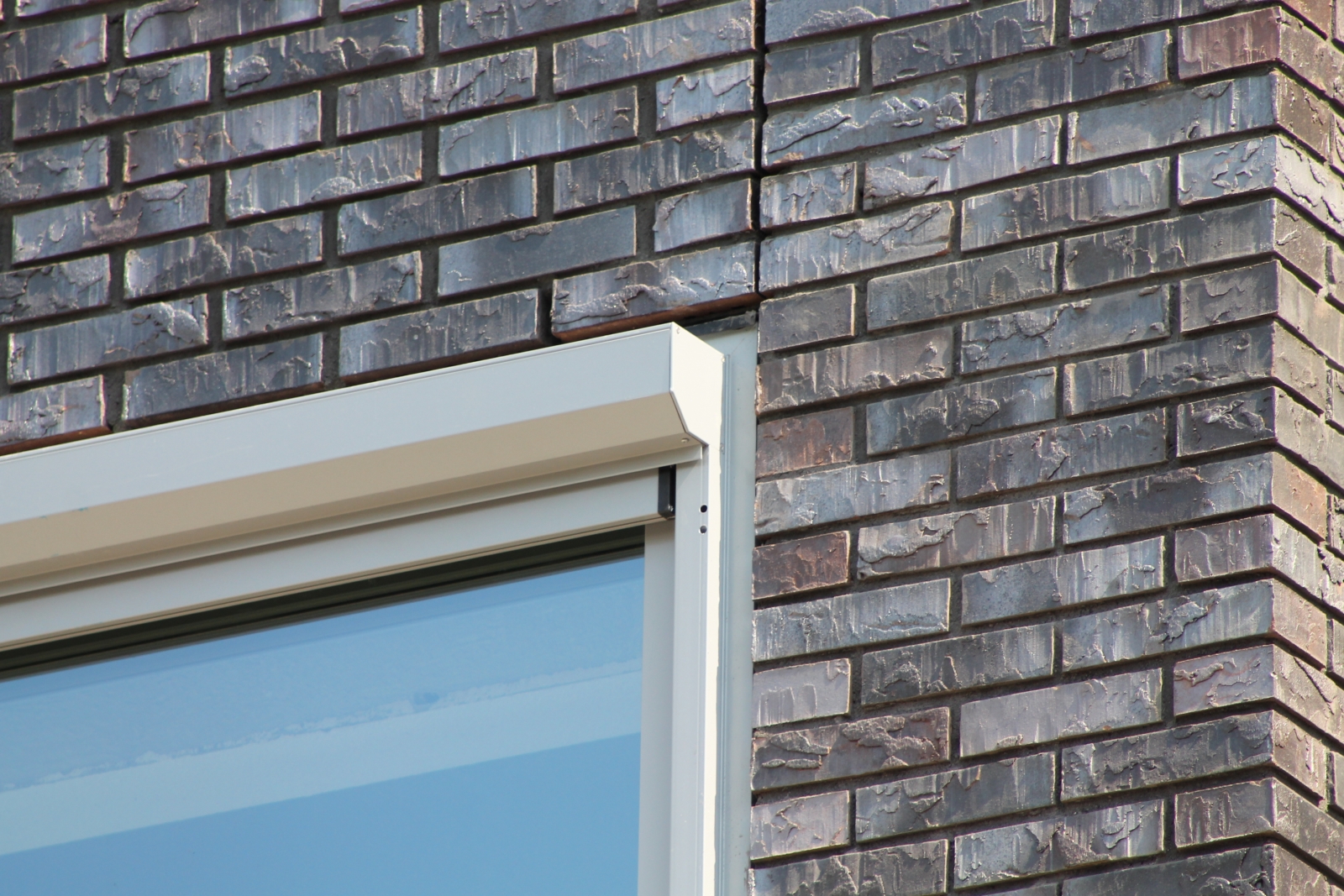 |
Zip Screen as the perfect solution
Therefore, a significant component of our portfolio is the Screen Zip series. The Screen Zip is designed for extreme wind resistance and minimal maintenance. Variants of Screen Zips can be integrated into the facade structure for a clean appearance or installed on façades/windows to allow airflow between the fabric and glass.Unlike indoor shading, external fabric roller blinds prevent direct heat contact with the glass and can reduce cooling energy consumption by more than 70% and lighting energy consumption by more than 50%, without losing the view outside. Outdoor shading also protects the interior of buildings by safeguarding furniture and flooring from fading due to sunlight and UV radiation.
Controlling thermal comfort is simple
We manufacture Screen Zips tailored to the individual requirements of clients, taking them through the entire design process from concept to installation. Our Screen Zips are delivered in various configurations (size and shape of the cassette, types of installation) and in an unlimited range of colors. We also offer automation to ensure that the climate of buildings is regulated with minimal effort.Technical advantages of Bohemiaflex CS zip blinds:
- Service hatch of the cassette for easy inspection and component replacement,
- Inspection bar on the guide rail for disassembling the product without its dismounting, window damage, or plaster damage.
- Tensioning of the fabric sideways using plastic guides and neoprene strips. We do not use plastic that hardens and yellows over time due to UV radiation.
- Cassettes and rails are made entirely of aluminum with a minimum thickness of 1.5 mm, with added perforation to prevent sagging and to keep the profile in shape.
- The anchoring of the rails and the cassette is done using an invisible joint,
- Load profiles are designed so that the weight acting on the fabric is min. 1.6-1.8 kg/m. This visually stretches the cover and prevents it from improper winding.
(Source of data: European Solar Shading Organization).
www.bohemiaflex-cs.cz
https://www.bohemiaflex-cs.cz/produkty-markyzy-svisle/markyza-screen-zip
The English translation is powered by AI tool. Switch to Czech to view the original text source.
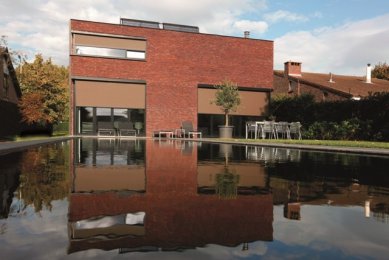

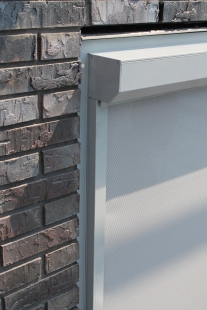

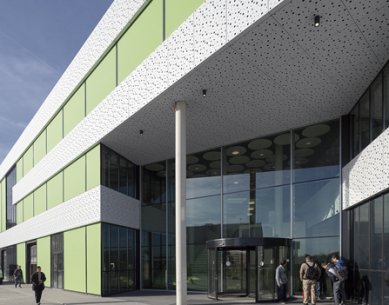

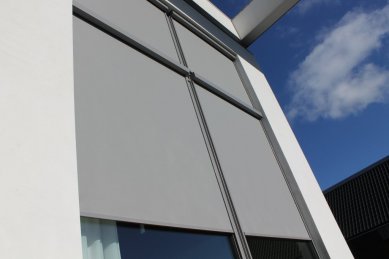
0 comments
add comment












